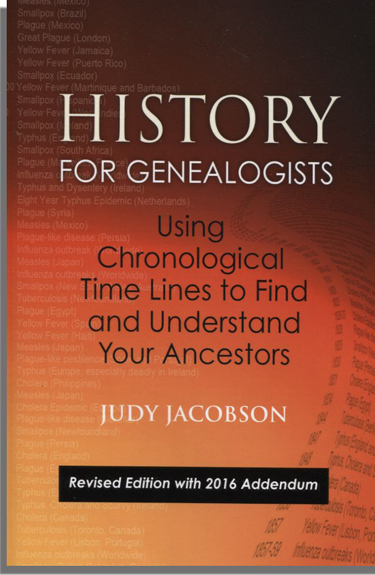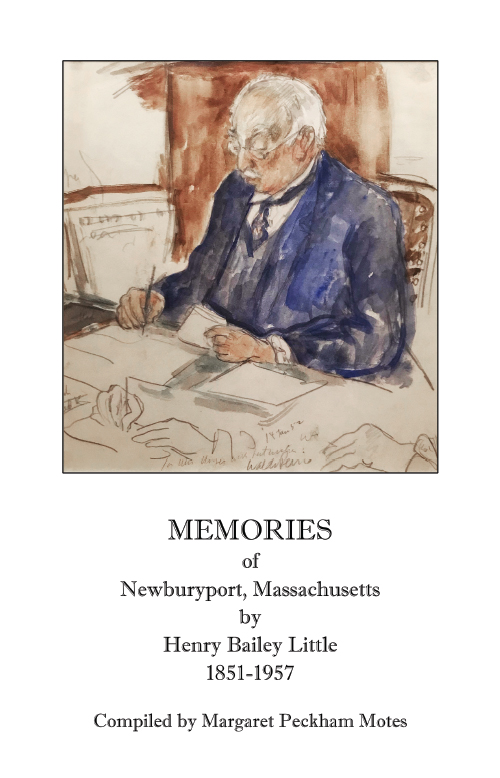Truly, this book is the ultimate guide to mastering FamilySearch.com!
Even genealogy researchers who have been using the free FamilySearch site for a long time will find valuable tips and tricks in this brand-new book.
The author is Dana Ann Palmer, who has years of experience working with FamilySearch and also has been teaching people how to use the site for quite a while.
The 226-page book, just published by the Genealogical Publishing Company, covers the entire range of tools available on the free FamilySearch site, soup to nuts.
Check out this robust table of contents, with my notation about "memories" being a great place to post bite-sized ancestor bios. 😉
Chapter 4 is of particular interest to me, because I'm still learning my way around the newish full-text search part of FamilySearch. Already I've discovered some fabulous records and with Dana's help, I expect to find out even more about ancestors via full-text search.
Not only does Dana offer an incredible variety of excellent suggestions, she shows the reader step-by-step what to do in color, which allows us to follow along and see everything very clearly.On the page shown here, the red arrows identify where to search in each case. The blue box labeled "apply" is exactly as it would appear on my screen as I conduct my own search. So useful, especially since the book is 8.5 inches x 11 inches, large enough to clearly read even the tiny type.
Hardly a day goes by when I don't use FamilySearch, because it's free and because it has a wealth of information from worldwide sources. I'm delighted to have Dana Ann Palmer as my guide to being more efficient and more effective in using FamilySearch.
I would like to see a slightly more detailed index, but that's just my preference. Really, I can't say enough good things about this terrific new book.
Note: I received a complimentary copy of this book for review purposes but the opinions in this post are entirely my own.





